BE-CEM-MRO workflow (TeamA)
Sylvain Fargier (BE-CEM)
08/12/21

n_ToF consolidation

- n_ToF : It is designed to study neutron-nucleus interactions for neutron energies ranging from a few meV to several GeV
-
LS2 In numbers
- ~400 tickets (closed during)
- 60 git repositories
- 3 developers (fulltime)
- >>95% uptime (24/7 activity in 2021)
- 36 cards, 7 DAQs, 6 servers, 8 control-room machines ...
- A lot of physicists and an awesome team !
n_ToF consolidation

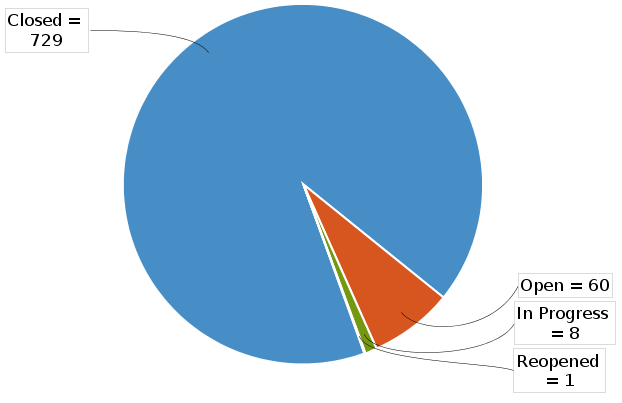
n_ToF overview


n_ToF DAQ overview

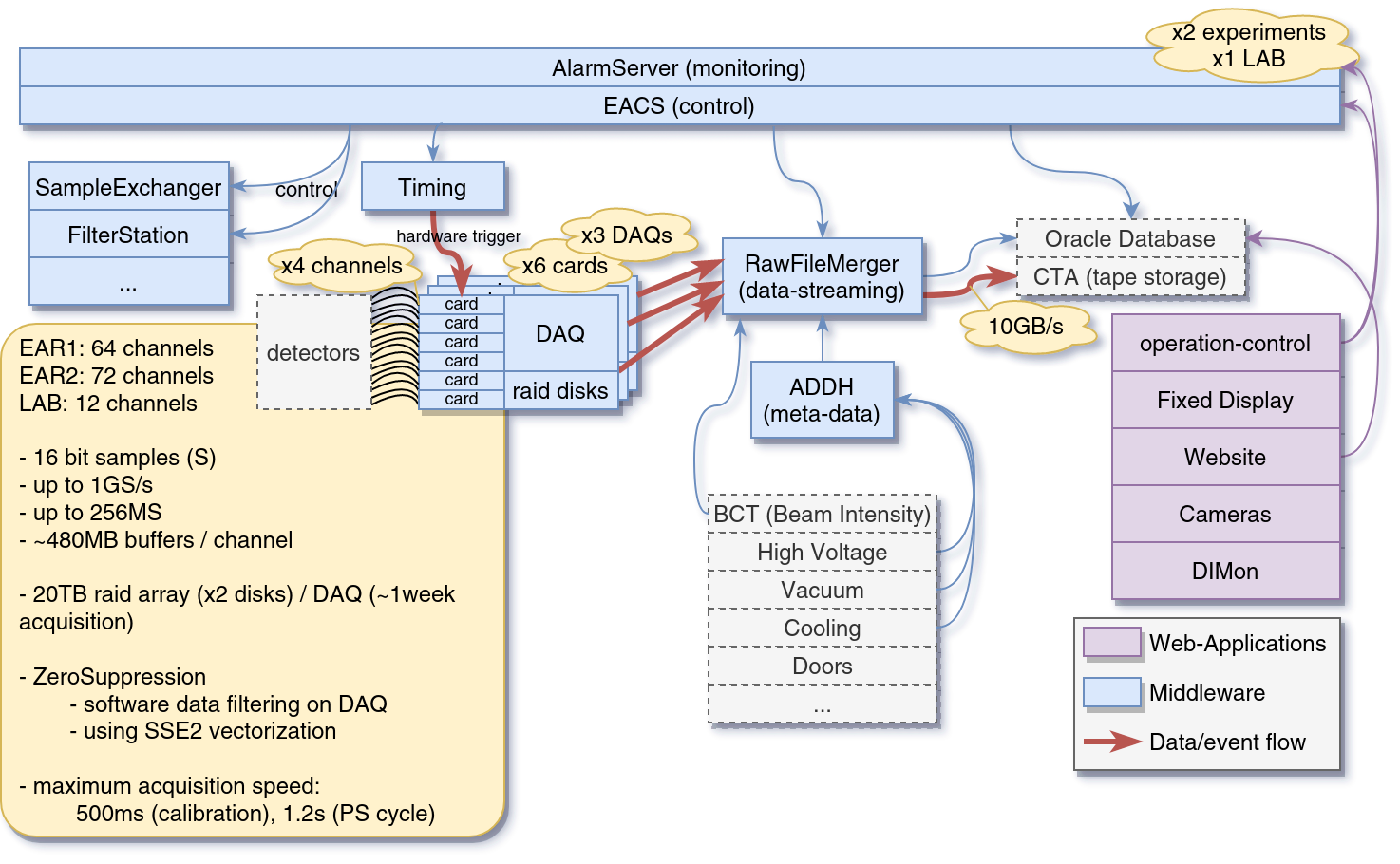
n_ToF overview

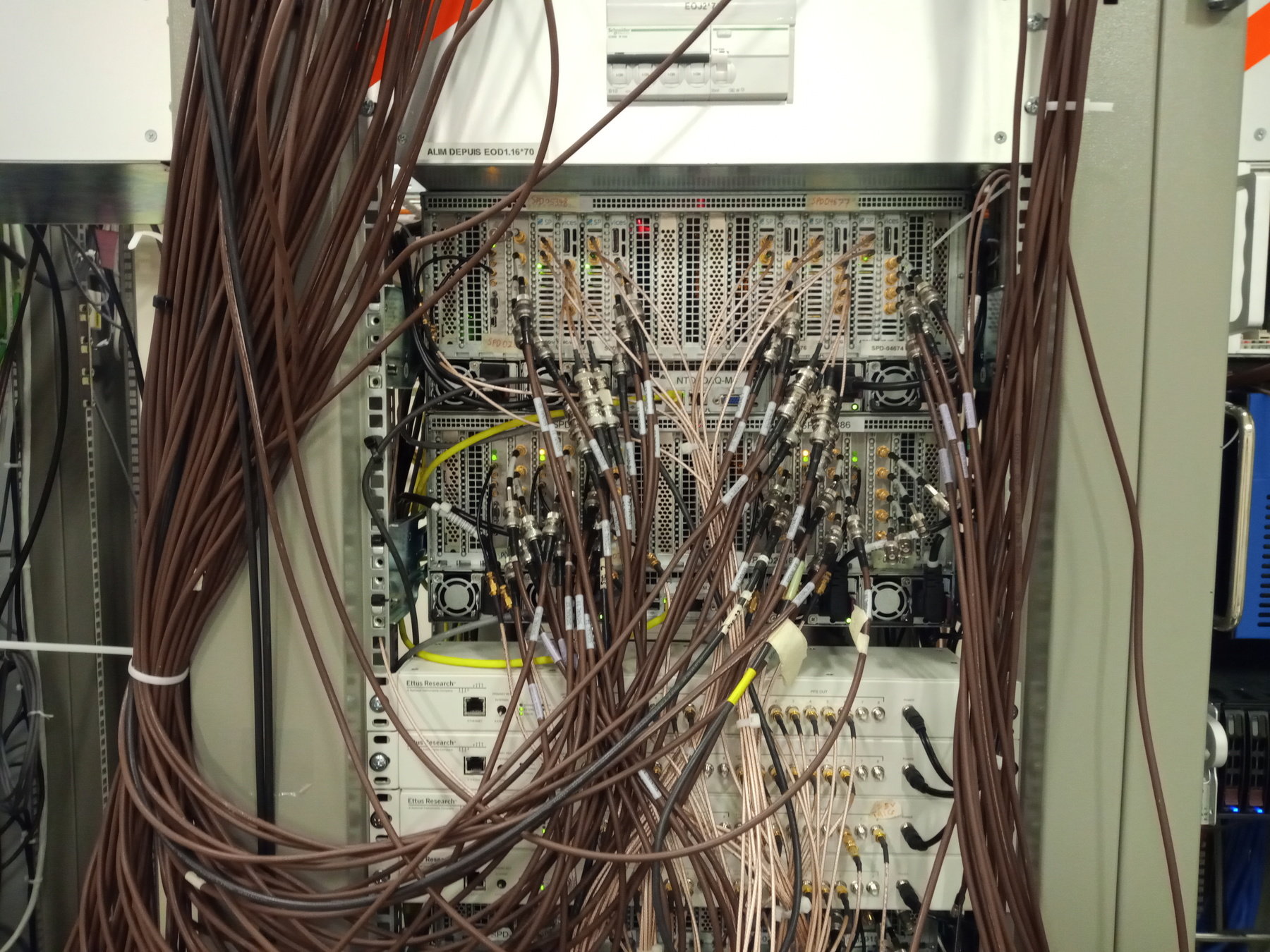
n_ToF overview

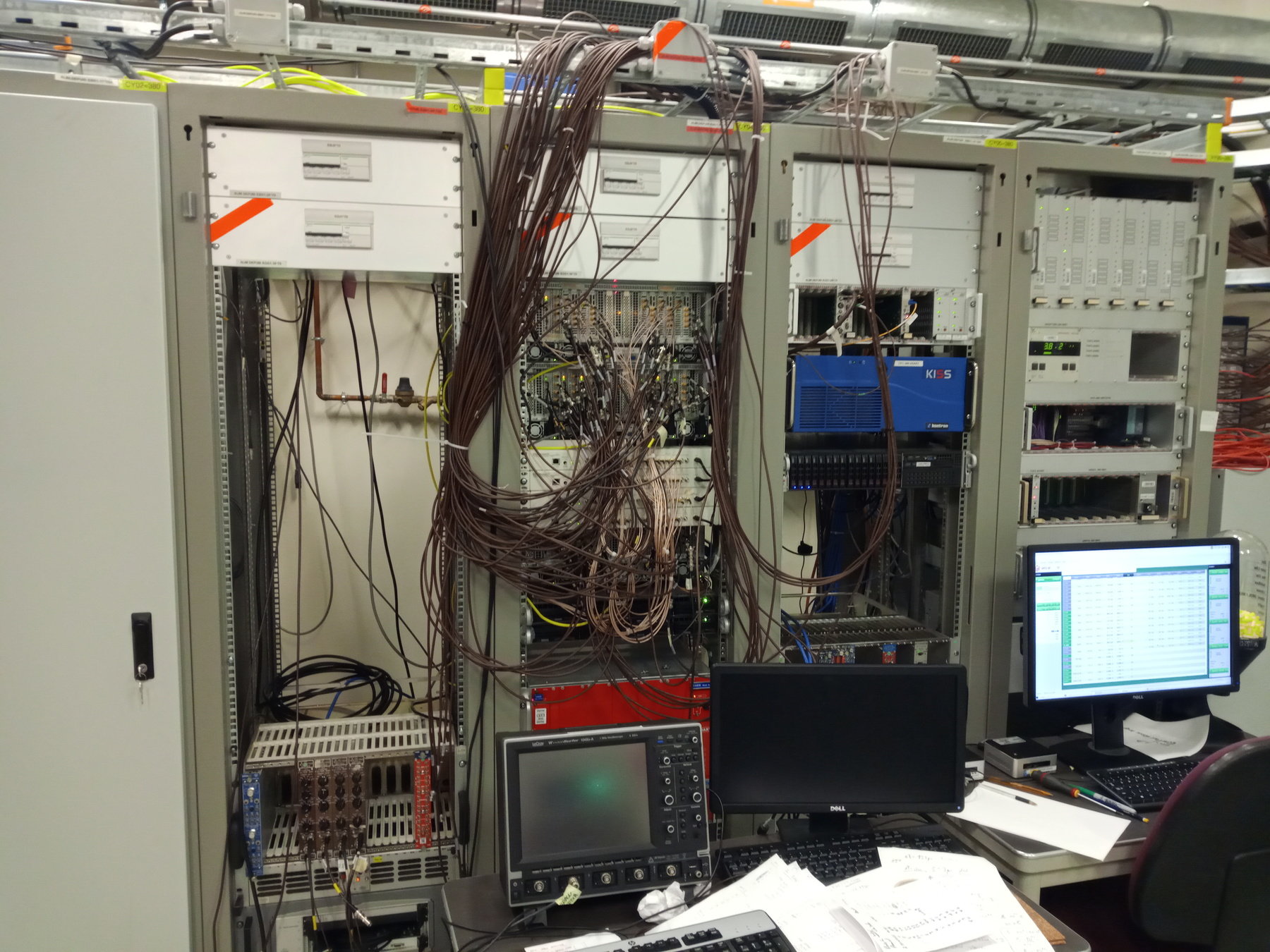
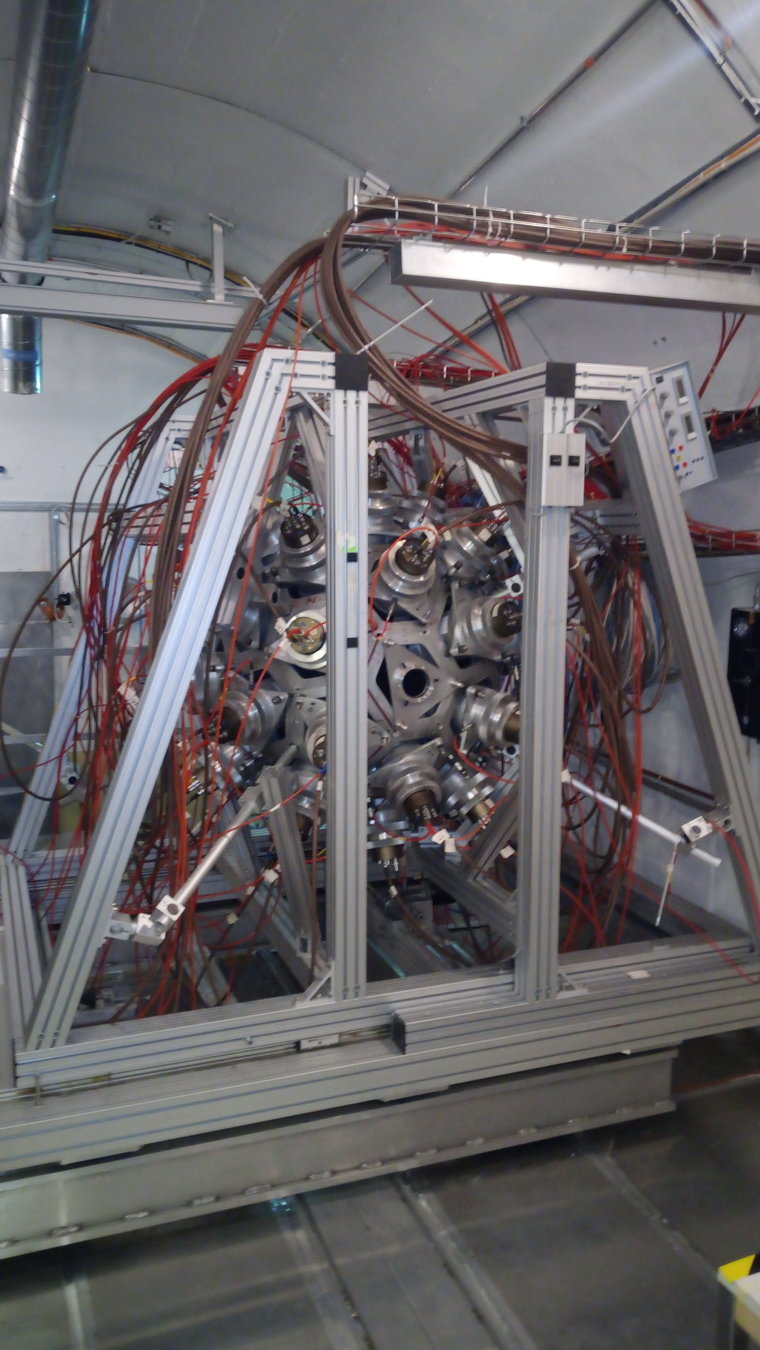
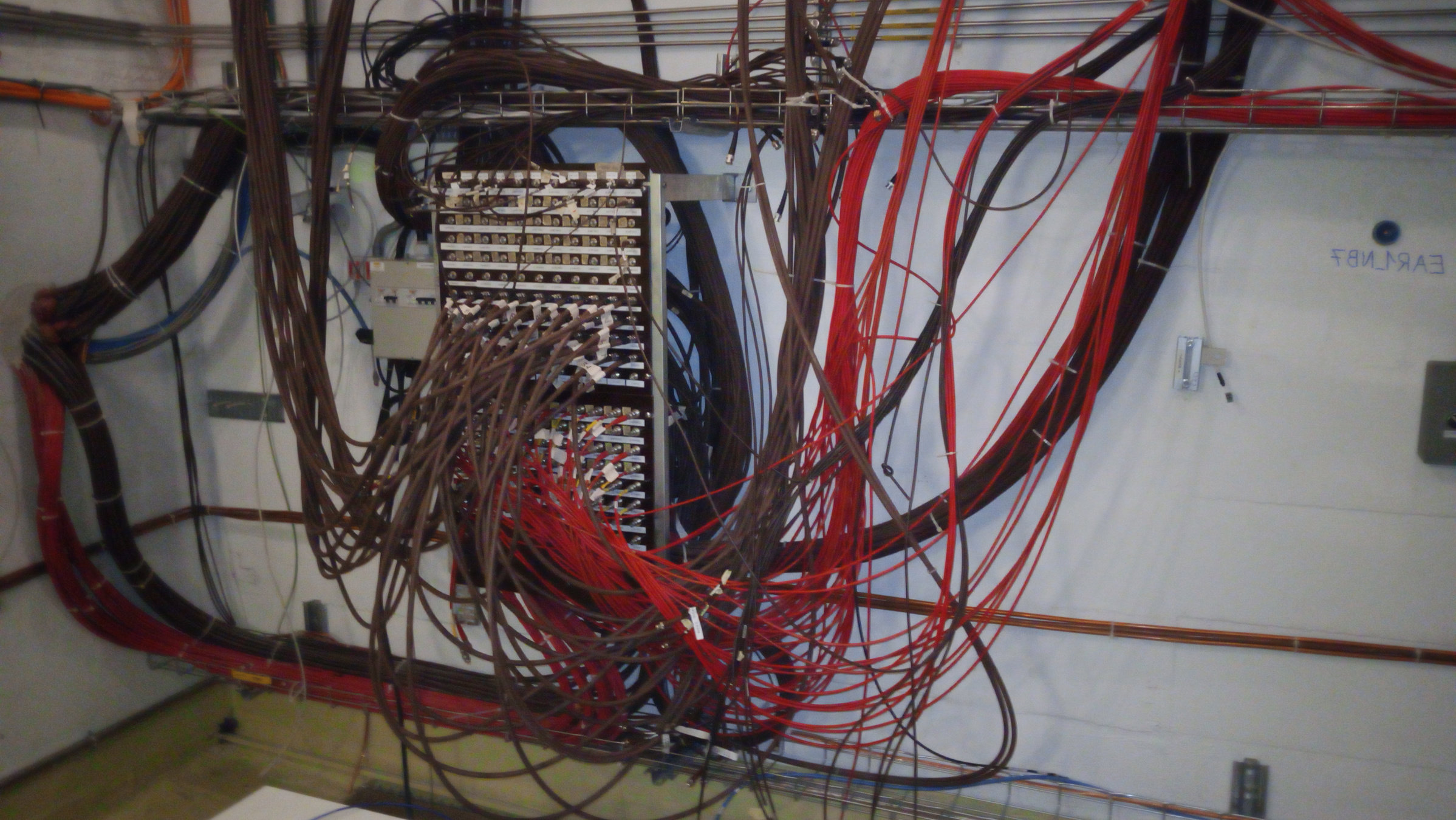
Team organisation & Workflow

-
Agile/Scrum oriented
- 4 weeks sprints
- Using Kanban board:
- Aggregating several projects
- Using CERN/Jira: here
- Dailies
- Not daily stand-up meetings anymore (due to COVID)
- On CERN/Mattermost: here
- Planning poker, retrospectives etc ...
Methodology

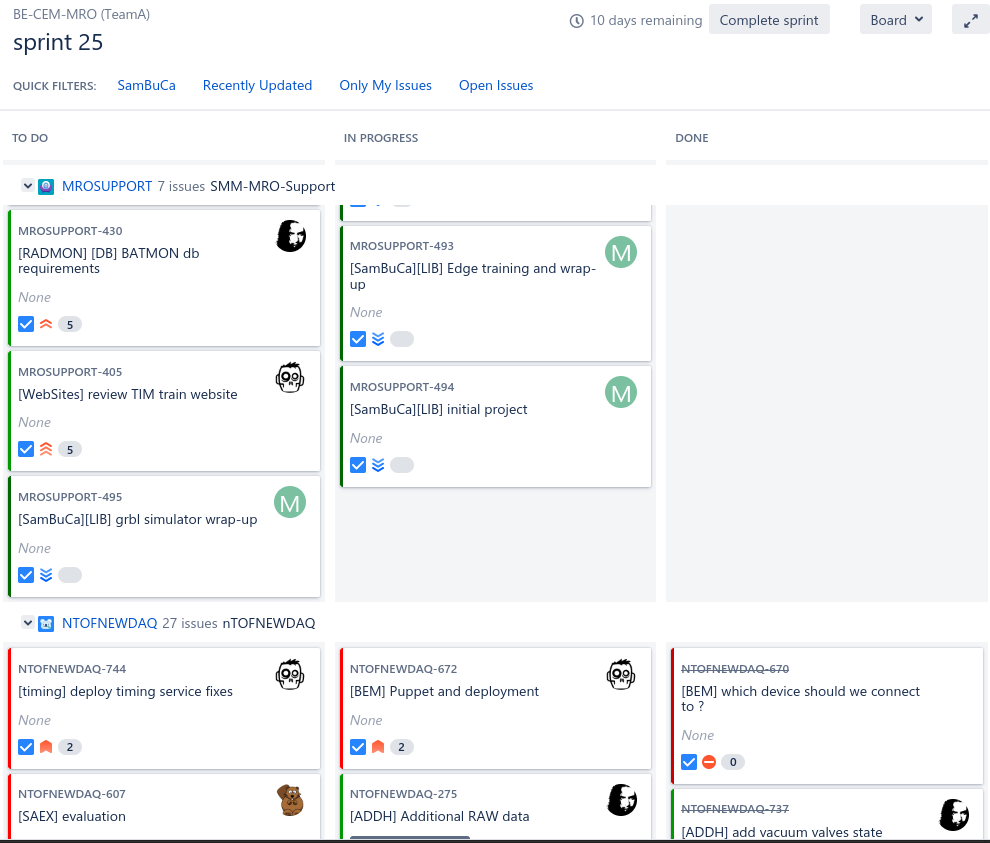
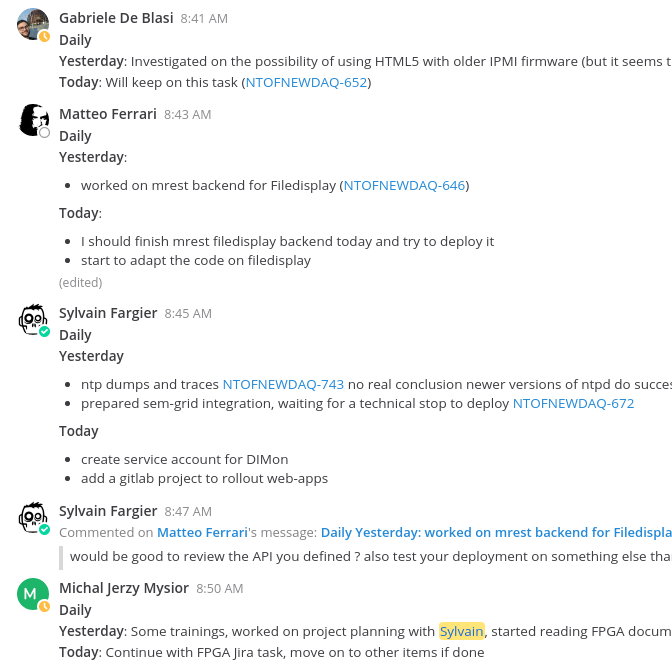

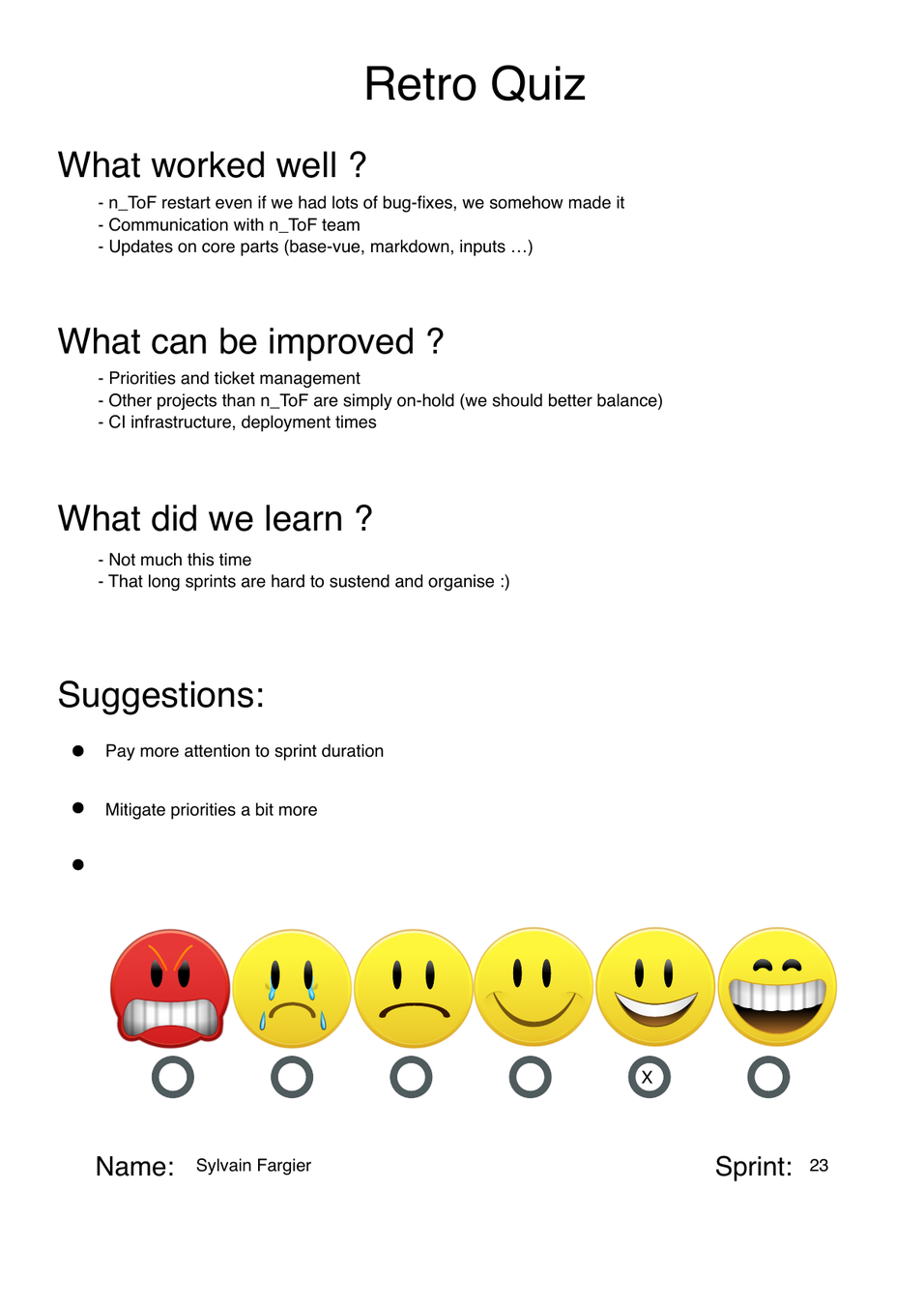
- Homegeneous
- CI and tools rules
- Directory layout, naming, styling ...
- techs and frameworks
- containerized build environment
- Documented
- templates & boilerplates (cpp/web)
- guidelines & readmes
- playgrounds & live-documentation
- Formal documentation streams and tooling
Projects & Repositories

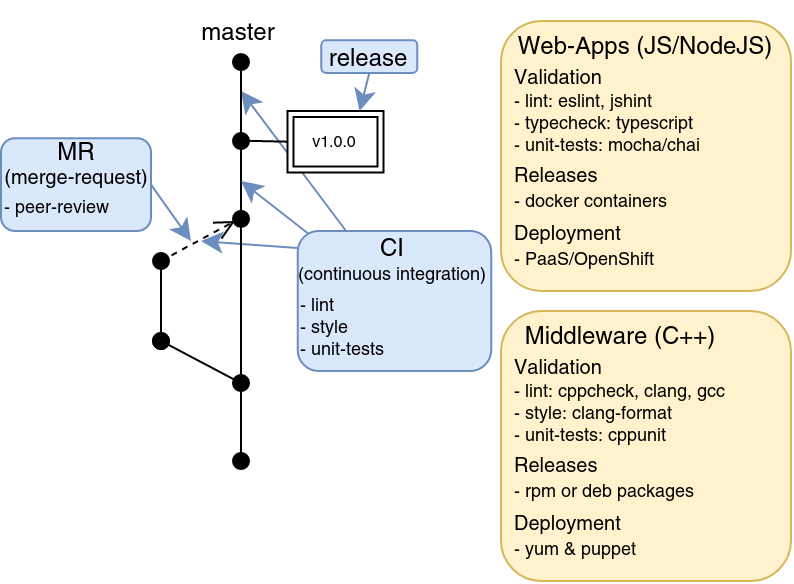
- Peer-review oriented workflow
- Using CERN/GitLab merge-requests
- Relying on CI tests and analysis results
-
Per component maintainers
- to empower and give sense of responsibility to developers
-
Homogeneous workflow rules
- Large number or repositories and users
- Enforced using automated tools
Workflow

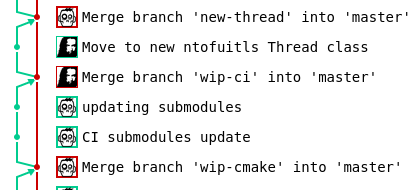
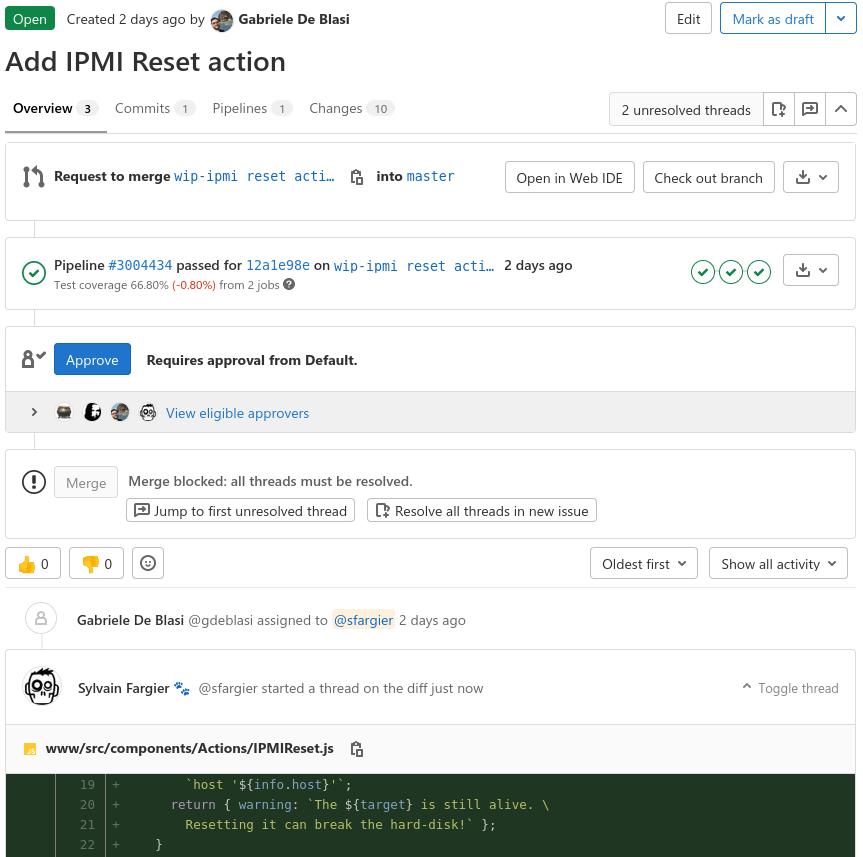
- Weekly code-review
- Show your work to others
- Open discussions and exchanges
-
Weekly builds
- Rebuild and validate everything
- Dependencies, platforms, environment evolves,
- "Better fix sooner than later"
- Pair coding and reviews
- Since software is all about learning
Workflow

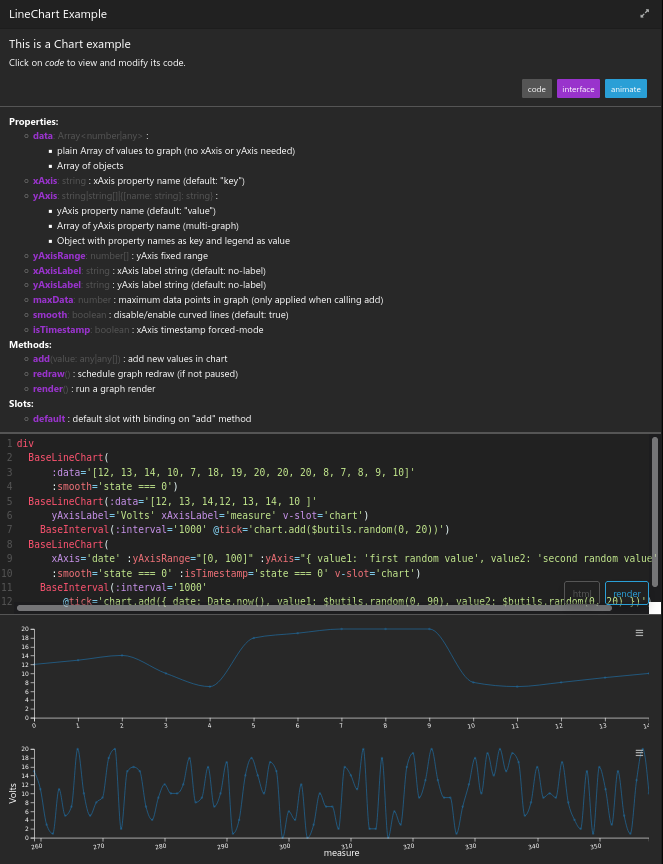
Playground code examples
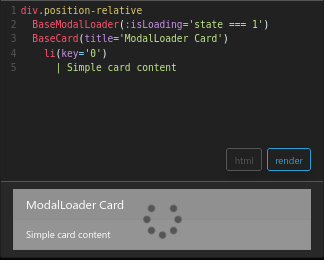
Deployment & Production

- Automated deployments
- For web-applications using CERN/OpenShift
- For middleware using packages (deb, RPMs) and Puppet
- Roles separation
- Developers are not admins but can trigger software deployment
- Traceability and reproducibility
- Version tag based (v1.x.x)
- Deployed from versioned build environments
Deployments & Production


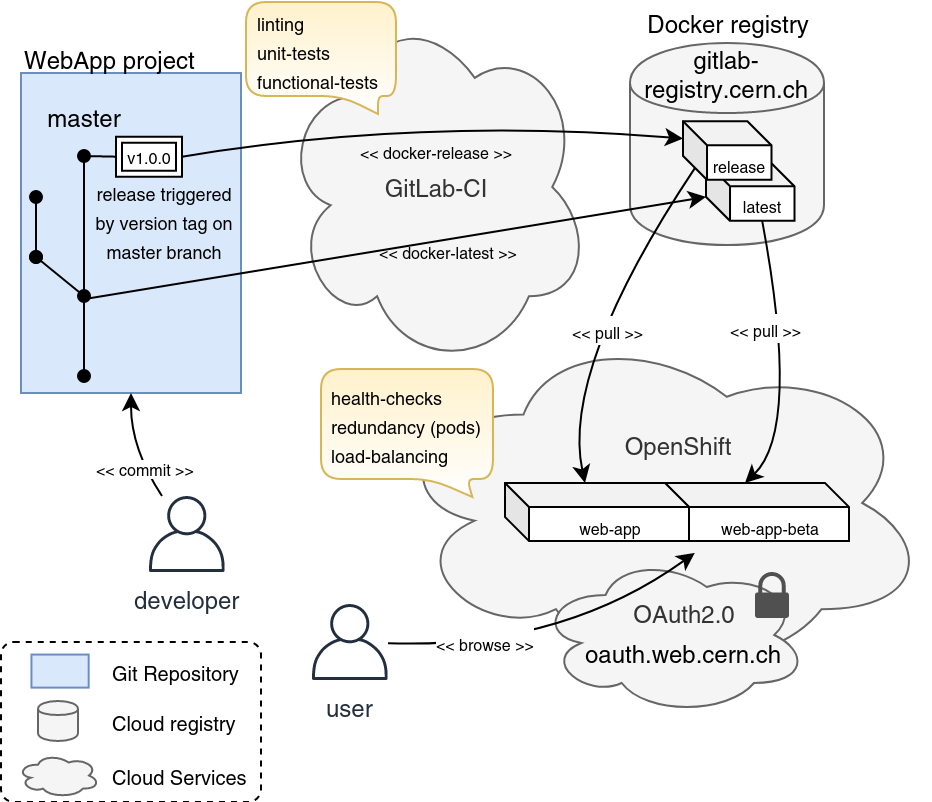
- Project specific development environment
- Container based using MRO/x-builder utilities
- Identical to build environment used for production
- No setup time required and identical results for all developers, project switch requires no setup/preparation time
-
Protected production environment
-
alpha/beta/production deployments for web-applications
- container based, end-user validation and pre-production testing
-
Puppet based deployments for middleware
- enforces deployed configuration and packages
-
alpha/beta/production deployments for web-applications
Env. & Deployments



Web-techs

- Foreword: Stateful vs Stateless
- Introduction from red-hat
-
Using a stateless back-end means that it has no internal state
- Eases redundancy and parallelism paradigms
- Eases debugging and investigations (context is easy to re-build)
- It doesn't mean that the application itself has no state, other means can be leveraged: cookies, localStorage etc...
- It simply means that every-time the back-end is solicited, the complete context is sent along with the request
- Both patterns are used in our applications depending on the need
Web-techs
